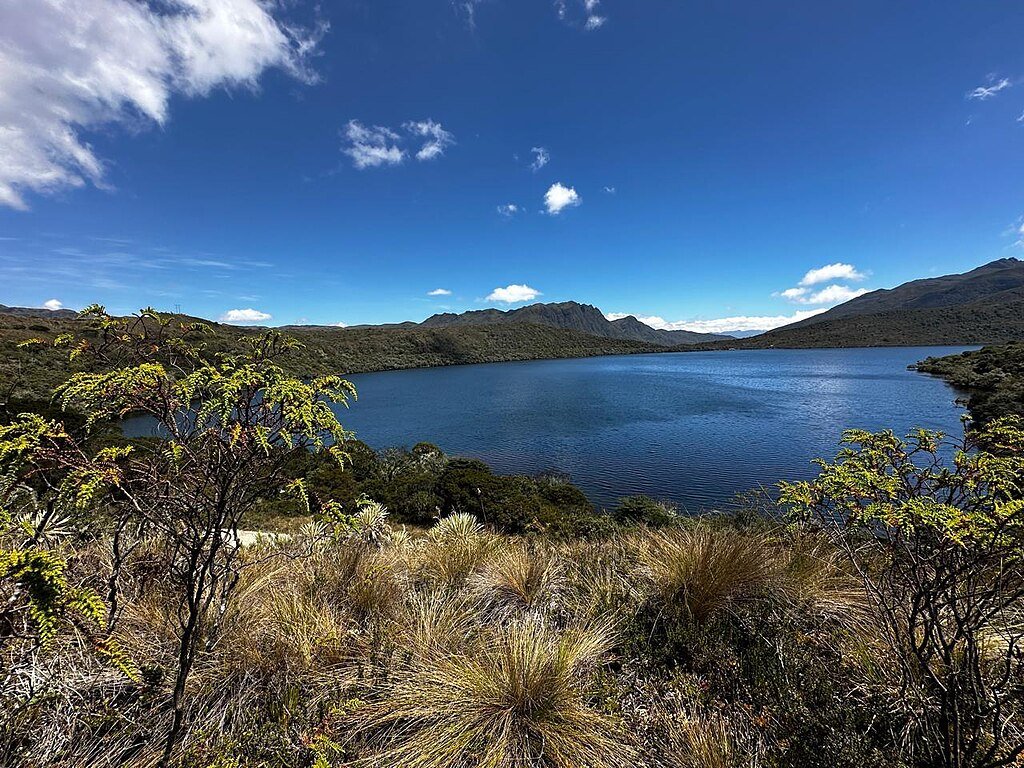A recent study has revealed that the evolutionary relatedness of trees within an ecosystem plays a crucial role in shaping biodiversity and ecological interactions. Researchers found that forests with closely related tree species exhibit distinct patterns in insect diversity, nutrient cycling, and resilience to environmental stressors. These findings provide new insights into how tree composition influences broader ecological processes.
How Tree Relatedness Affects Biodiversity

Closely related tree species often share similar chemical defenses, leaf structures, and growth patterns. This similarity can impact insect populations, particularly herbivorous species that rely on specific host plants. In forests dominated by closely related trees, insect diversity tends to be lower, as fewer species can adapt to the uniform chemical defenses present. Conversely, forests with more distantly related tree species support a wider range of insects, promoting greater biodiversity.
Implications for Ecosystem Function
Tree relatedness also affects nutrient cycling and soil composition. Similar trees often have comparable root structures and nutrient uptake strategies, leading to more uniform soil conditions. This can influence microbial communities and decomposition rates, affecting overall forest health. In contrast, diverse tree lineages contribute to varied nutrient inputs, enhancing soil complexity and supporting a broader range of organisms.
Conservation and Urban Planning Applications
Understanding tree relatedness can inform conservation strategies and urban forestry planning. In cities, selecting tree species with diverse evolutionary backgrounds may enhance urban biodiversity and resilience to pests. Similarly, conservationists can use this knowledge to design reforestation projects that maximize ecological stability and species interactions.
Conclusion

The study highlights the importance of considering tree evolutionary relationships when assessing biodiversity and ecosystem function. By recognizing how tree composition influences ecological dynamics, researchers and conservationists can develop strategies to support healthier, more resilient forests.
Source:




